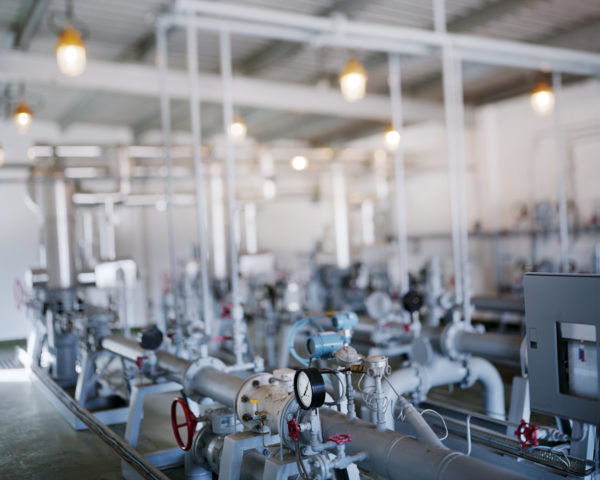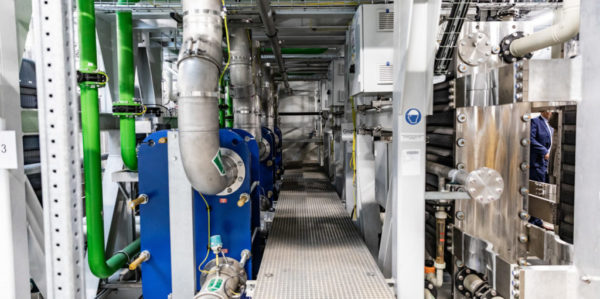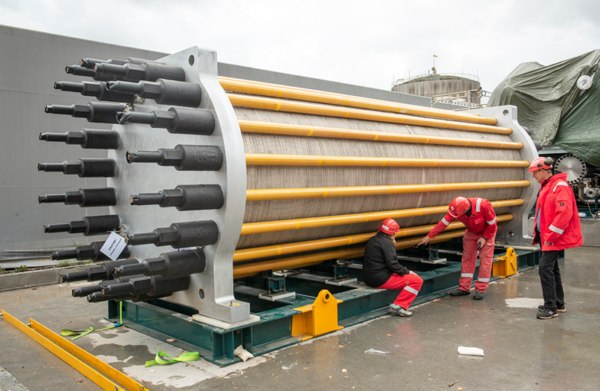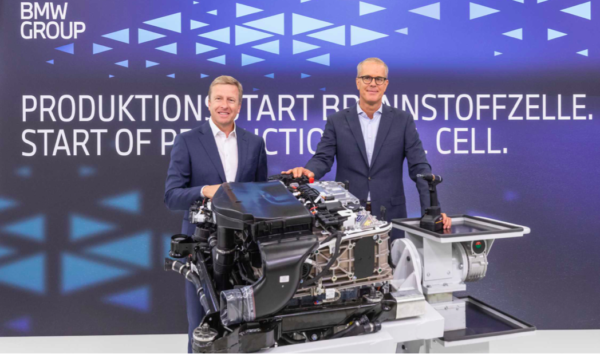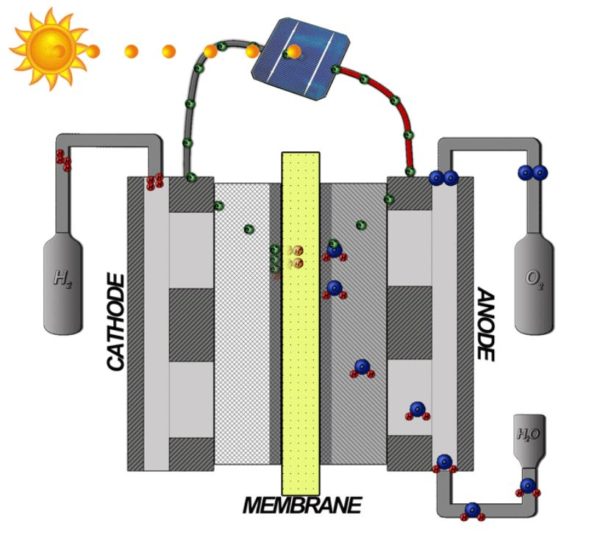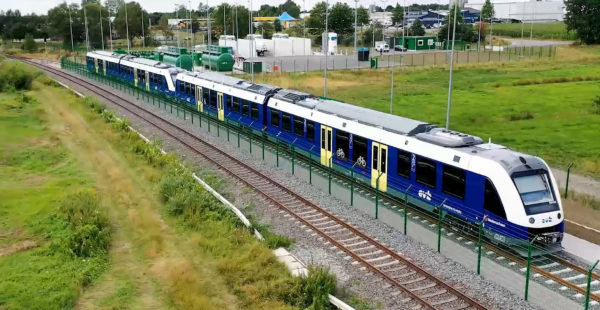Search Results for "PEM electrolyzer"

Article
Sep 26, 2022
Historic analogues suggest that emergency-like policy measures could foster high…

Article
Sep 12, 2022
Mining magnate Andrew Forrest’s Fortescue Future Industries continues its campaign…
Filter Results
